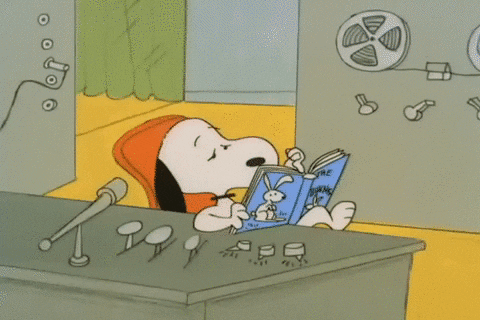
There is no one-size-fits-all studying or reading approach. As you learn about what works for you, you'll assemble your own toolkit of methods and strategies to support your academic success. 
SQ3R is a five-step process for reading. The letters stand for Survey, Question, Read, Recite, Review.
First skim the text, taking 5-10 minutes to flip through the pages to identify headings, subheadings, pictures, charts, and graphs. If there is an introduction or abstract, read this to help you determine how the portion you're reading fits into the author's claim and arguments. You might refer to your professor's syllabus to see how the selected reading fits into other class conversations, activities, or lectures.
This is a key part of reading with purpose. Based on what you've skimmed, you may already be curious about unfamiliar terms. For example, if you read a heading like "Thought Suppression Doesn't Work," a natural question might be what is thought suppression and why doesn't it work. You would read the section to answer your questions.
Another approach is to predict the answer to your question, and see if your prediction ends up being mentioned in the section.
You might also harvest unanswered questions from class lectures and conversations for motivation as you read. Or, your questions may arise from work you're doing outside the class or personal goals. For example, if you're planning on becoming a social worker, you might ask "How can I teach clients about thought suppression?," and then read the section with an eye to your career goals or work situation.
Academic writing is highly structured. Typically you will find main ideas in the first and last sentences of paragraphs. Make sure to read those carefully, as they will outline the progression of the argument, narrative, or information.
Authors use a variety of signposts in their writing to communicate changes among and relationships between concepts. These signposts are transition words and phrases (however, but, for example, in short, to these ends). Watch for these to make sure you are following the author's explanation of key ideas. For more information on the role of transitions and a few more examples, see the UNC Writing Center's handout on Transitions.
Take a moment at the end of sections of the text to make sure you can answer your guiding questions. If you're unsure, you may need to re-read or start paraphrasing ideas from the passage in your notes to help you understand and apply the information from the text.
Share your insights and observations with study partners, or you can try teaching it to family members and friends.
After you study new material, it is extremely important to conduct an overall review within 24 hours for maximum comprehension and memory. You can lose 80% of what you have learned if you do not review within the next day.
Do not read first page to last page.
1. Start with the Abstract.
2. Read the Introduction
3. Skim the Conclusion
4. Read the Methods section, highlight, and critique.
5. Read the Results section. Don’t get bogged down in the details.
6. Read the Conclusion section again.
7. Skim the whole article.